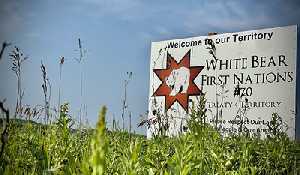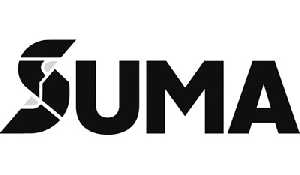TransCanada files update on Energy East
October 6, 2015, 2:09 am
Kevin Weedmark


TransCanada has filed its latest update on Energy East with the National Energy Board, and the latest update includes updated proposals for the new tank farm and new pump station to be built at the Moosomin Compressor Station site.
Energy East is a proposal to carry western crude oil to eastern Canadian markets and export terminals. Across the Prairies, one pipe currently used to transport natural gas would be converted to carry oil, and a new oil pipeline would be built across Eastern Canada to transport the oil to refineries and to at least one export position, at St. John, New Brunswick.
At the Moosomin Compressor Station, the plan calls for a new pumping station as part of the project, a 1,050,00 barrel tank farm, and a feeder pipeline from Cromer, Manitoba to carry crude to the Moosomin site to be added to the pipeline.
A separate proposal for the Upland Pipeline would bring oil from Williston, North Dakota to the Moosomin compressor station.
Energy East has been delayed as TransCanada has withdrawn its proposal for a marine terminal at Cocouna, Quebec since Beluga whales in the St. Lawrence River were declared endangered.
“Back in April we withdrew the proposed marine terminal in Cocouna, and in Q4 intend to file documents to reflect the ultimate decision we make,” said Energy East spokesman Tim Duboyce.
“There are a lot of things to consider in repositioning that marine terminal. It’s got to suit the needs of oil shippers to put it in a certain location, and the proximity to the other marine terminal has an impact. The farther down the St. Lawrence you go, the closer to the other marine terminal you get, and the less reason there is for a second marine terminal. It is possible for energy east to go ahead with one marine terminal.”
That decision should be made and should be filed with the National Energy Board in December.
The review process is expected to go ahead in 2016, and if the project is approved, the first shovels should be in the ground in 2017 and the line would be in service in 2020.
Duboyce said that, if the Energy East project is approved, it would create 750 full-time direct and spinoff jobs during construction.
Construction would take place between 2017 and 2020, and would peak in 2018
“This would be a major project across Saskatchewan,” he said. “You’re looking at 12 pump stations at about $60 million apiece.”
One line along the TransCanada right of way was earlier converted from natural gas to oil as part of the Keystone pipeline project, which takes oil east to Winnipeg, and then south the United States. An extension of that project, Keystone XL, has been held up by the U.S. federal government, which needs to approve the project as it crosses the international boundary.
The proposed Upland Pipeline would be a separate project to move American oil from the Bakken formation to the Moosomin compressor station to be added to the Energy East line. That project would also require U.S. federal approval, but would involve moving the oil in a different direction than Keystone XL.



































